Home>Gardening & Outdoor>Landscaping Ideas>How Big Can Grass Carp Get
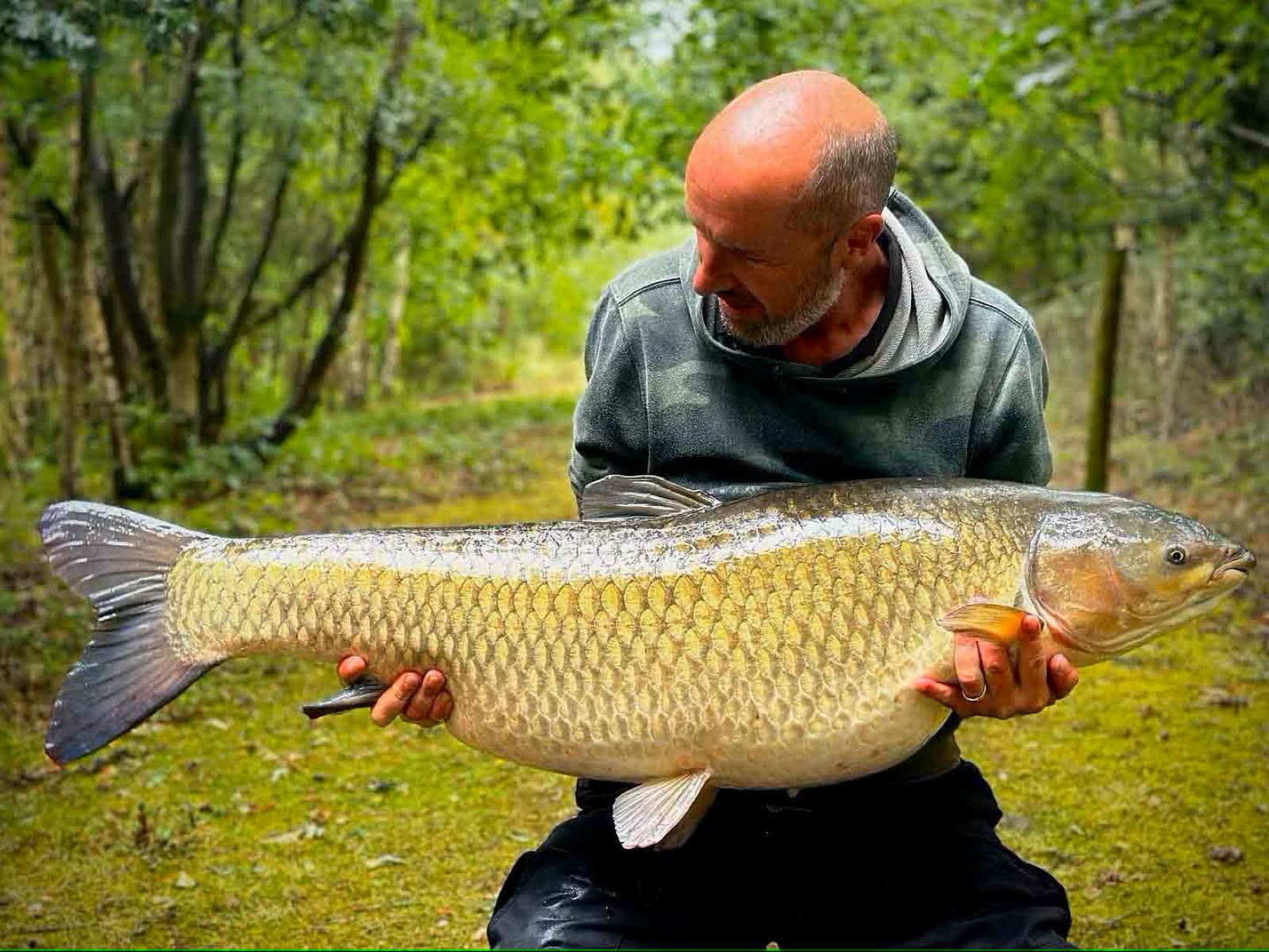

Landscaping Ideas
How Big Can Grass Carp Get
Modified: February 18, 2024
Learn how big grass carp can get and discover landscaping ideas to accommodate these large fish in your pond or water garden. Explore tips for creating a harmonious environment for grass carp.
(Many of the links in this article redirect to a specific reviewed product. Your purchase of these products through affiliate links helps to generate commission for Storables.com, at no extra cost. Learn more)
**
Introduction
**
Grass carp, also known as white amur, are a popular species of fish in the world of aquaculture and pond management. These herbivorous fish are not only valued for their role in controlling aquatic vegetation but also for their impressive size and growth potential. Understanding the factors that contribute to the size of grass carp is essential for anyone involved in fisheries management, aquaculture, or simply curious about these fascinating creatures.
In this article, we will delve into the growth patterns of grass carp, explore the various factors that influence their size, and uncover the maximum dimensions these fish can reach. Additionally, we will touch upon the management strategies for accommodating large grass carp in aquatic environments. Whether you are a fish enthusiast, a pond owner, or a professional in the field, this comprehensive guide will provide valuable insights into the remarkable growth potential of grass carp.
**
Key Takeaways:
- Grass carp can grow rapidly, reaching impressive sizes due to factors like diet, genetics, and environment. Understanding these factors is crucial for managing and nurturing these fascinating fish in aquatic environments.
- Large grass carp require comprehensive management, including habitat considerations, dietary management, and population control. By integrating these strategies, stakeholders can promote the well-being and sustainable coexistence of these remarkable fish.
Read more: How To Catch A Grass Carp
The Growth of Grass Carp
**
Grass carp are renowned for their rapid growth and impressive size, making them a sought-after species in various aquatic settings. The growth rate of grass carp is influenced by a multitude of factors, including environmental conditions, diet, and genetic predisposition. Typically, these fish exhibit an exponential growth pattern during their initial years, with growth rates gradually tapering off as they reach maturity.
During the first few years of their lives, grass carp experience a phase of accelerated growth, often doubling or even tripling in size within a relatively short span of time. This rapid growth phase is attributed to their herbivorous nature, as they voraciously consume aquatic vegetation, which provides the necessary nutrients for robust development. As they approach maturity, their growth rate stabilizes, and they attain their maximum size, which can vary significantly based on a range of factors.
The growth of grass carp is also heavily influenced by the quality and quantity of their diet. A well-balanced and nutrient-rich diet consisting of aquatic plants and algae is crucial for promoting optimal growth. Inadequate nutrition can impede their growth potential and lead to stunted development. Additionally, environmental factors such as water temperature, oxygen levels, and habitat quality play a pivotal role in shaping the growth trajectory of grass carp.
Furthermore, genetic factors contribute to the growth potential of grass carp. Selective breeding programs have been instrumental in developing strains of grass carp with enhanced growth characteristics, leading to the cultivation of larger and more robust specimens. By selectively breeding individuals with desirable growth traits, aquaculturists have been able to augment the growth potential of grass carp, yielding specimens with remarkable size and vigor.
Overall, the growth of grass carp is a dynamic process influenced by a myriad of interrelated factors. Understanding the intricacies of their growth patterns is essential for effectively managing and nurturing these remarkable fish in various aquatic environments.
**
Factors Affecting Grass Carp Size
**
The size of grass carp is influenced by a diverse array of factors that collectively shape their growth and development. These factors encompass both intrinsic and extrinsic elements that play a pivotal role in determining the ultimate size of these herbivorous fish.
1. Genetics: The genetic makeup of grass carp significantly impacts their growth potential. Selective breeding programs have been instrumental in cultivating strains of grass carp with enhanced growth characteristics, resulting in larger and more robust individuals. Genetic predisposition plays a crucial role in determining the maximum size that grass carp can attain.
2. Diet and Nutrition: The dietary habits of grass carp have a profound impact on their size. A nutrient-rich diet comprising aquatic vegetation and algae is essential for promoting optimal growth. Insufficient nutrition can impede their growth potential and lead to stunted development. Conversely, a well-balanced diet fosters robust growth and contributes to the attainment of larger sizes.
3. Environmental Conditions: The environmental parameters within their habitat, such as water temperature, oxygen levels, and habitat quality, exert a significant influence on the size of grass carp. Favorable environmental conditions can facilitate accelerated growth and larger sizes, while suboptimal conditions may impede their growth potential.
4. Population Density: The density of grass carp within a given aquatic environment can impact their size. Overcrowding can lead to increased competition for resources, potentially hindering individual growth. Adequate space and resources are essential for supporting the optimal growth of grass carp and ensuring the attainment of larger sizes.
5. Age and Maturity: The age and maturity of grass carp are key determinants of their size. Younger individuals typically exhibit rapid growth during their initial years, while growth rates gradually taper off as they reach maturity. The age at which grass carp reach maturity can vary based on genetic and environmental factors, influencing the maximum size they can attain.
6. Aquaculture Practices: In aquaculture settings, management practices and feeding regimes can significantly impact the size of grass carp. Strategic feeding protocols, habitat management, and water quality maintenance play a crucial role in promoting optimal growth and maximizing the size potential of cultivated grass carp.
Understanding the multifaceted factors that influence the size of grass carp is essential for effectively managing and nurturing these remarkable fish in diverse aquatic environments. By addressing these factors, aquaculturists, fisheries managers, and pond owners can optimize the growth potential of grass carp and foster the development of larger and more robust individuals.
**
Grass carp can grow up to 4 feet long and weigh over 100 pounds. They are the largest species of the carp family and can live for over 20 years.
Maximum Size of Grass Carp
**
The maximum size that grass carp can attain is a subject of fascination and intrigue for aquaculturists, fisheries enthusiasts, and individuals captivated by the remarkable dimensions these herbivorous fish can achieve. While the size of grass carp can vary based on a multitude of factors, including genetics, environmental conditions, and diet, there are general benchmarks that provide insight into their maximum size potential.
On average, adult grass carp can reach lengths ranging from 24 to 40 inches, with exceptional specimens surpassing 40 inches in length. In terms of weight, mature grass carp can weigh anywhere from 30 to 60 pounds, with certain individuals exceeding the 60-pound threshold. These dimensions underscore the substantial size that grass carp can attain, making them a formidable presence in aquatic ecosystems.
It is important to note that the maximum size of grass carp is influenced by a combination of genetic predisposition, environmental factors, and dietary considerations. Selective breeding programs have played a pivotal role in cultivating strains of grass carp with enhanced growth characteristics, leading to the development of larger and more robust individuals. Additionally, the availability of nutrient-rich aquatic vegetation and optimal environmental conditions can contribute to the attainment of larger sizes.
Furthermore, the age and maturity of grass carp play a significant role in determining their maximum size. Younger individuals typically exhibit rapid growth during their initial years, with growth rates gradually tapering off as they reach maturity. The age at which grass carp reach maturity can vary based on genetic and environmental factors, influencing the maximum size they can attain.
It is important to approach the maximum size of grass carp with a nuanced understanding of the interplay between genetic predisposition, environmental dynamics, and dietary influences. By comprehensively addressing these factors, aquaculturists, fisheries managers, and pond owners can strive to create conducive conditions for the optimal growth and development of grass carp, potentially leading to the cultivation of larger and more robust specimens.
Overall, the maximum size of grass carp serves as a testament to their remarkable growth potential and underscores the significance of holistic management practices in fostering the attainment of larger sizes within aquatic environments.
**
Management of Large Grass Carp
**
Effectively managing large grass carp in aquatic environments requires a comprehensive approach that encompasses habitat considerations, dietary management, and population dynamics. Whether in aquaculture settings, natural water bodies, or recreational ponds, the management of large grass carp is essential for promoting their well-being and ensuring harmonious coexistence within the ecosystem.
1. Habitat Management: Providing ample space and suitable habitat features is crucial for accommodating large grass carp. Adequate water depth, abundant aquatic vegetation, and favorable water quality parameters contribute to the well-being of these fish. Ensuring that the habitat can sustain the size and feeding behaviors of large grass carp is imperative for their long-term health and vitality.
2. Dietary Considerations: Large grass carp have substantial dietary requirements, particularly in terms of access to nutrient-rich aquatic vegetation and supplementary feed. Managing their dietary intake to meet their nutritional needs while maintaining the ecological balance of the aquatic ecosystem is essential. Additionally, monitoring feeding behaviors and adjusting feeding regimes to accommodate the appetites of large grass carp is integral to their management.
3. Population Control: In scenarios where large grass carp are present in recreational ponds or managed water bodies, population control measures may be necessary to prevent overcrowding and mitigate potential ecological impacts. Implementing selective harvest strategies or introducing natural predators of grass carp can help regulate their population size and maintain a balanced ecosystem.
4. Health Monitoring: Regular health assessments and monitoring of large grass carp are essential for identifying any potential health issues and ensuring proactive intervention. Observing their behavior, assessing their physical condition, and conducting periodic health evaluations contribute to the overall management of these fish and can help mitigate health-related concerns.
5. Environmental Stewardship: Practicing environmental stewardship by maintaining water quality, preserving natural habitats, and minimizing anthropogenic disturbances is fundamental to the management of large grass carp. By fostering a healthy and sustainable aquatic environment, the well-being of large grass carp is upheld, contributing to the overall ecological balance.
6. Regulatory Compliance: Adhering to relevant regulations and guidelines pertaining to the management of large grass carp is crucial. Whether in commercial aquaculture operations or natural water bodies, compliance with regulatory frameworks ensures responsible management practices and contributes to the conservation of these valuable fish species.
By integrating these management considerations, aquaculturists, fisheries managers, and pond owners can effectively steward the presence of large grass carp within diverse aquatic settings. Implementing holistic management strategies that encompass habitat, diet, population dynamics, health monitoring, environmental stewardship, and regulatory compliance is instrumental in promoting the well-being and sustainable coexistence of large grass carp within aquatic ecosystems.
**
Read more: What Is Grass Carp
Conclusion
**
The growth potential and maximum size of grass carp exemplify the remarkable characteristics of these herbivorous fish and underscore the significance of comprehensive management practices in nurturing their well-being within aquatic environments. From their rapid growth patterns to the multifaceted factors influencing their size, grass carp embody a captivating blend of biological intricacies and environmental interactions.
Understanding the growth trajectory of grass carp, from their initial years of accelerated development to the attainment of maximum sizes, provides valuable insights for aquaculturists, fisheries managers, and pond owners. The interplay of genetic predisposition, dietary considerations, environmental dynamics, and age-related factors collectively shapes the growth potential and maximum size of grass carp, offering a nuanced perspective on their development.
Effectively managing large grass carp necessitates a holistic approach that encompasses habitat management, dietary considerations, population dynamics, health monitoring, environmental stewardship, and regulatory compliance. By integrating these management considerations, stakeholders can foster the well-being of large grass carp and promote their sustainable coexistence within diverse aquatic settings, be it commercial aquaculture operations, natural water bodies, or recreational ponds.
As we continue to explore the captivating world of grass carp, it becomes evident that their growth potential and maximum size are emblematic of the intricate balance between biological attributes and environmental influences. By embracing a comprehensive understanding of their growth dynamics and implementing responsible management practices, we can uphold the vitality of these remarkable fish and cultivate harmonious aquatic ecosystems that support the thriving presence of large grass carp.
Ultimately, the growth potential and maximum size of grass carp serve as a testament to the captivating nature of these herbivorous fish and the profound impact of holistic management practices in sustaining their well-being within the dynamic tapestry of aquatic environments.
Frequently Asked Questions about How Big Can Grass Carp Get
Was this page helpful?
At Storables.com, we guarantee accurate and reliable information. Our content, validated by Expert Board Contributors, is crafted following stringent Editorial Policies. We're committed to providing you with well-researched, expert-backed insights for all your informational needs.
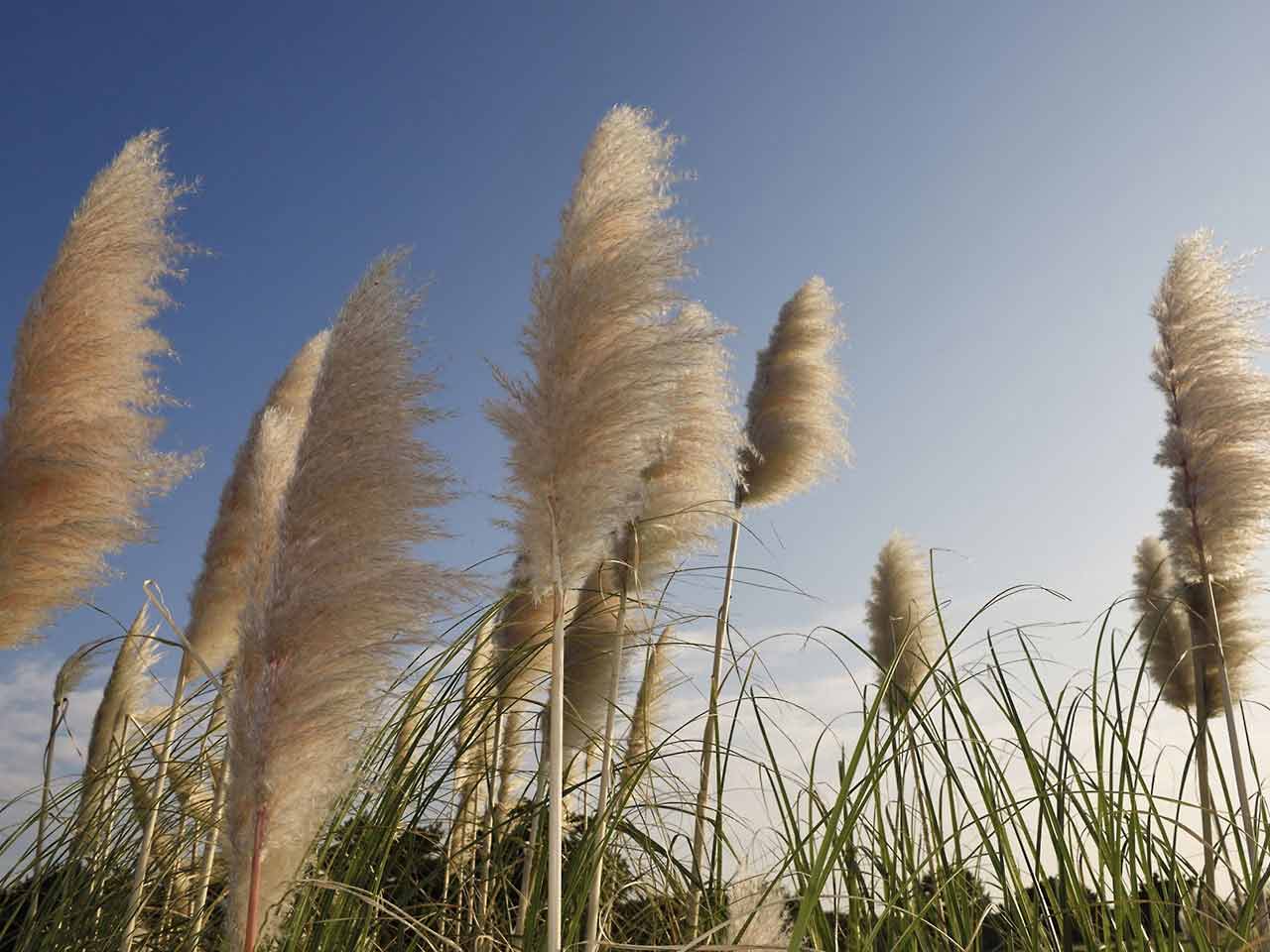
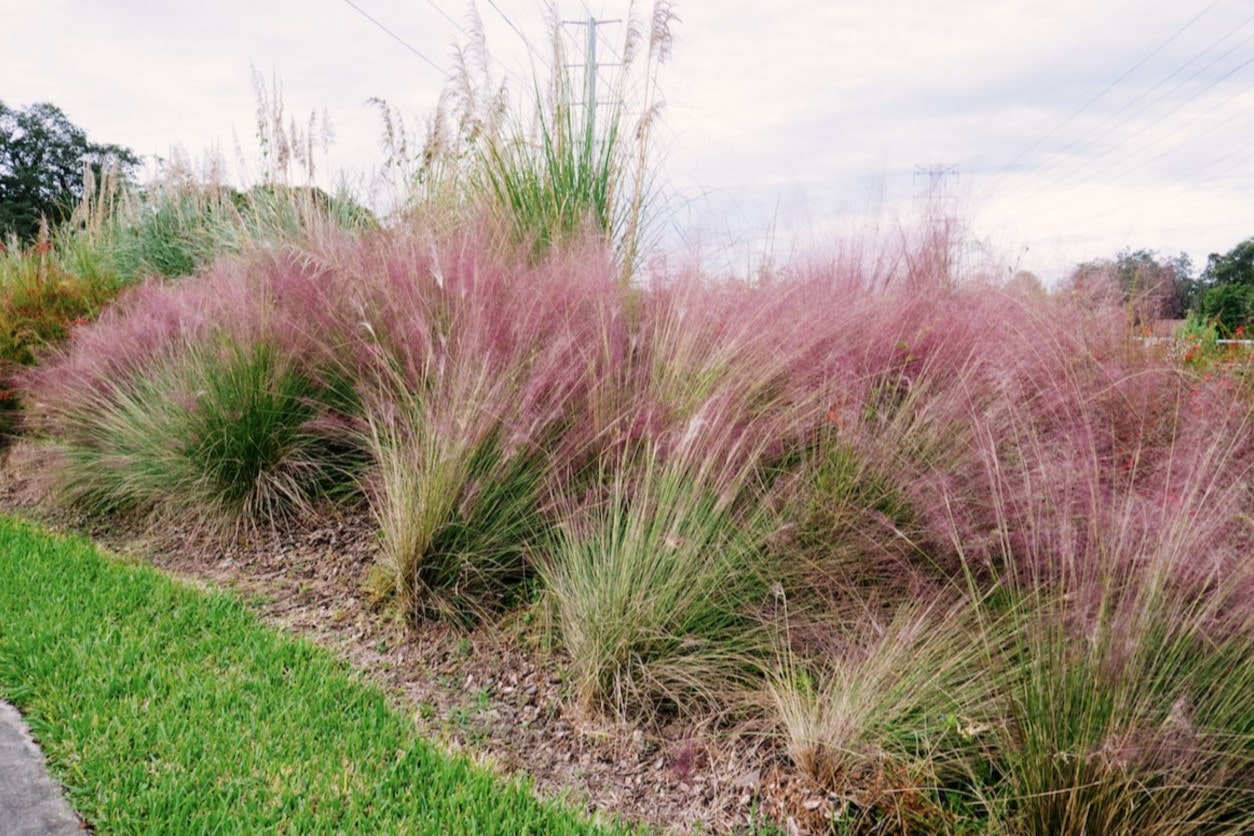
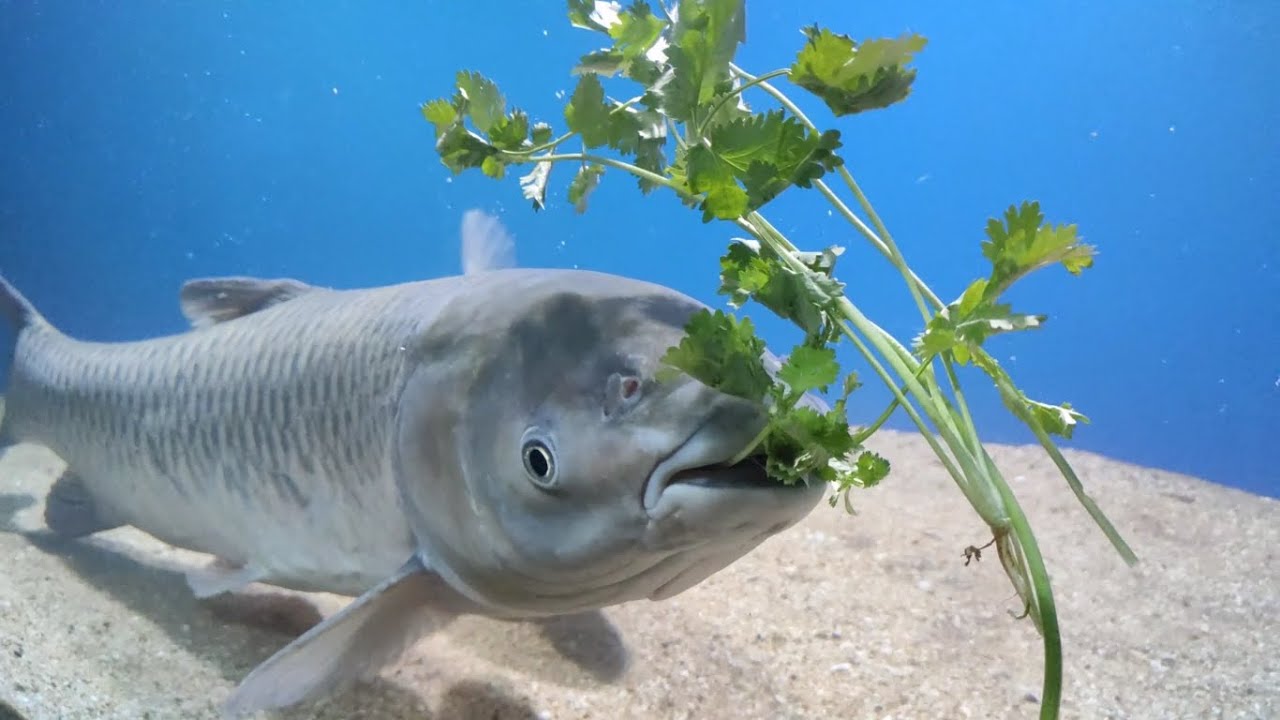
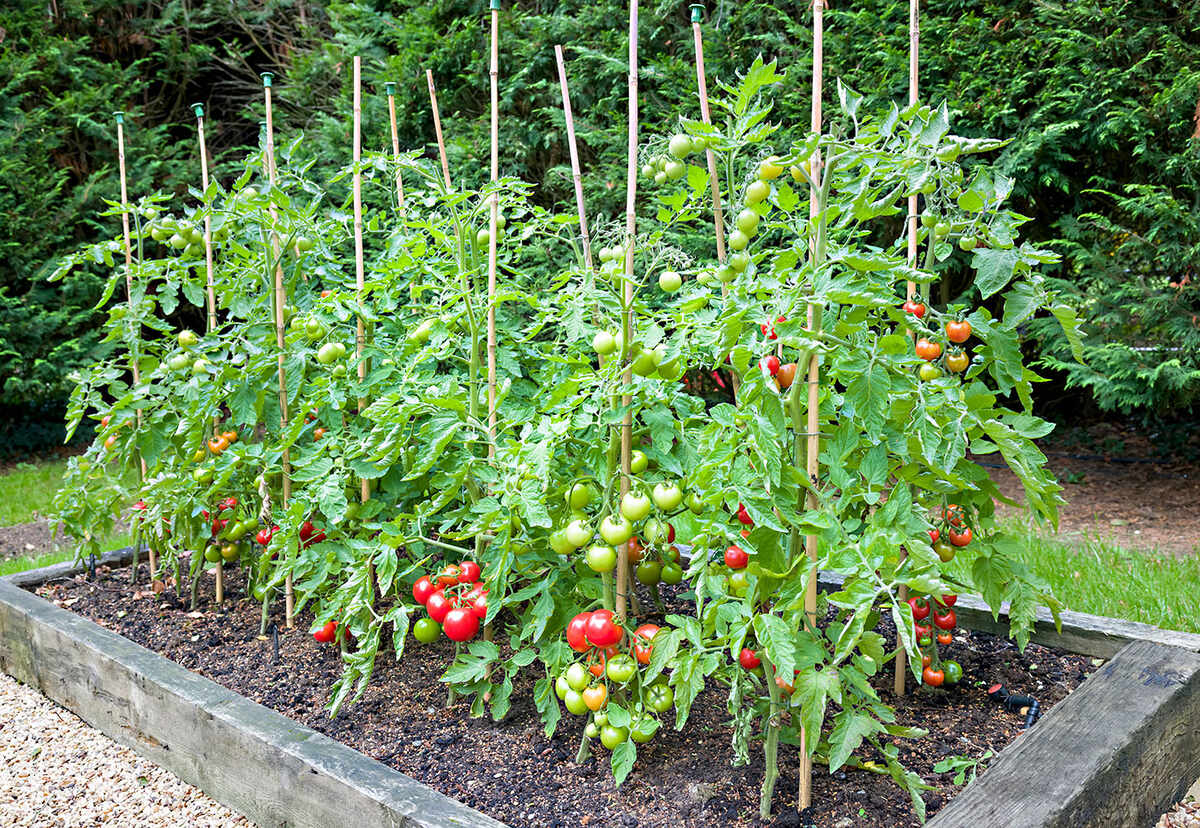

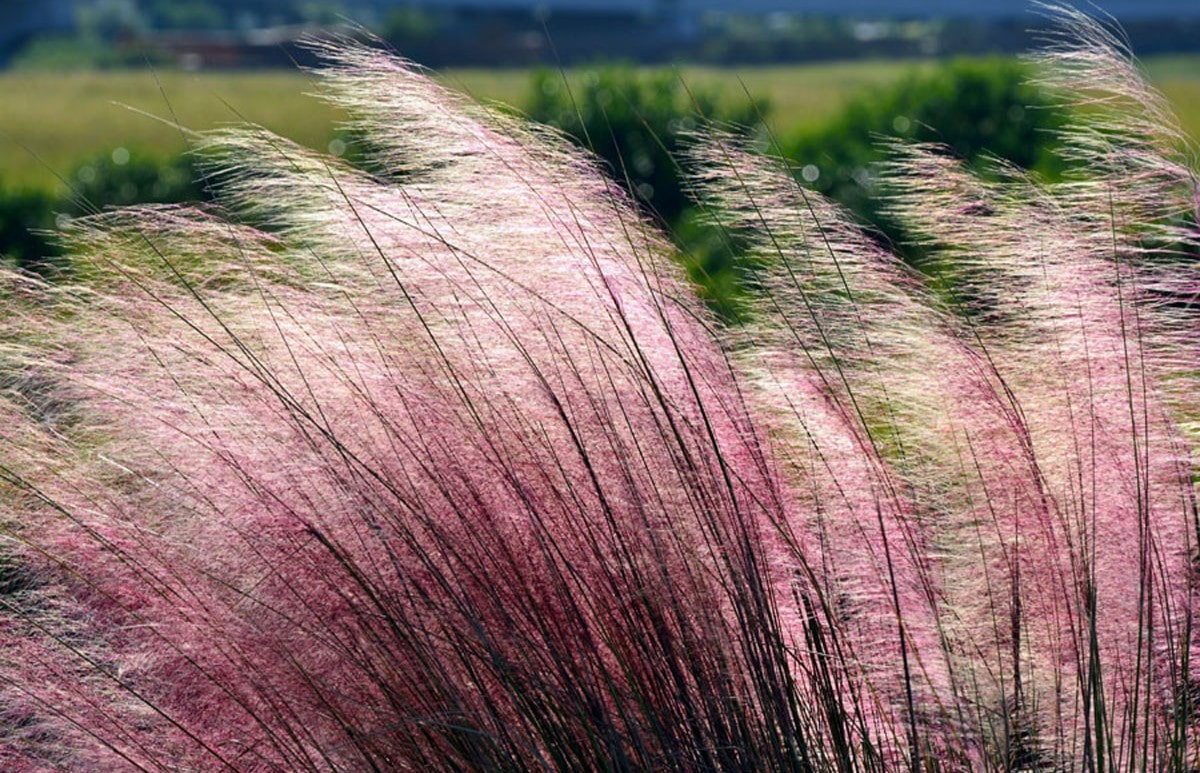
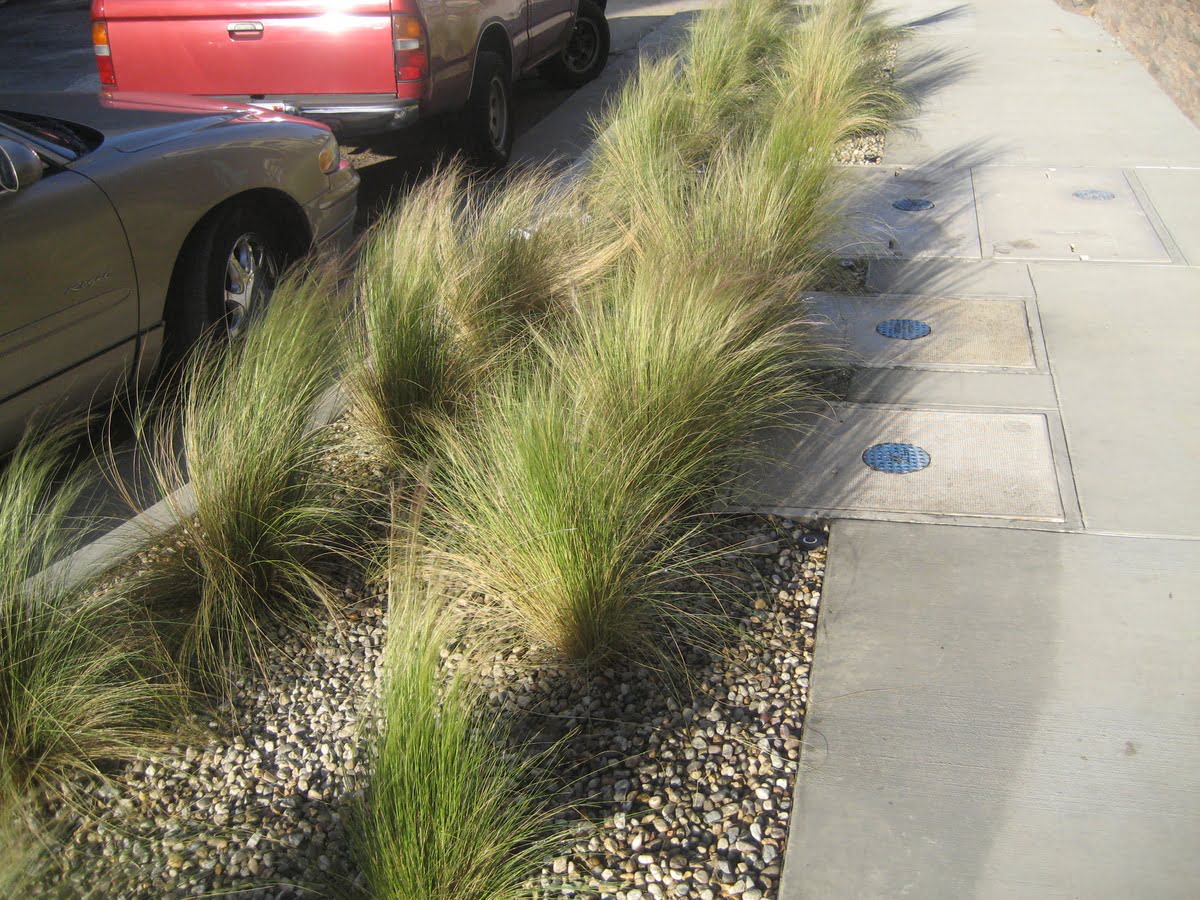

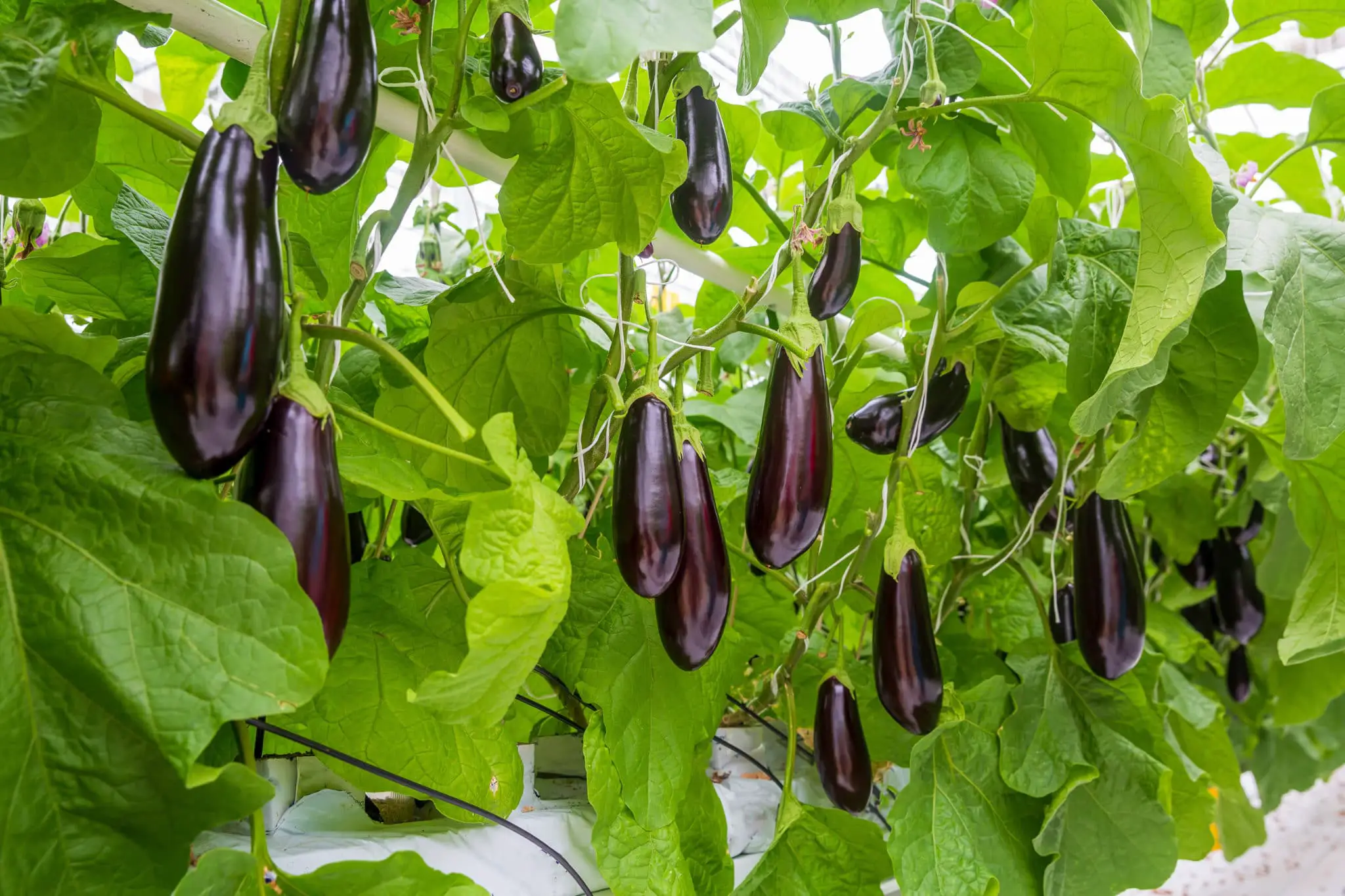

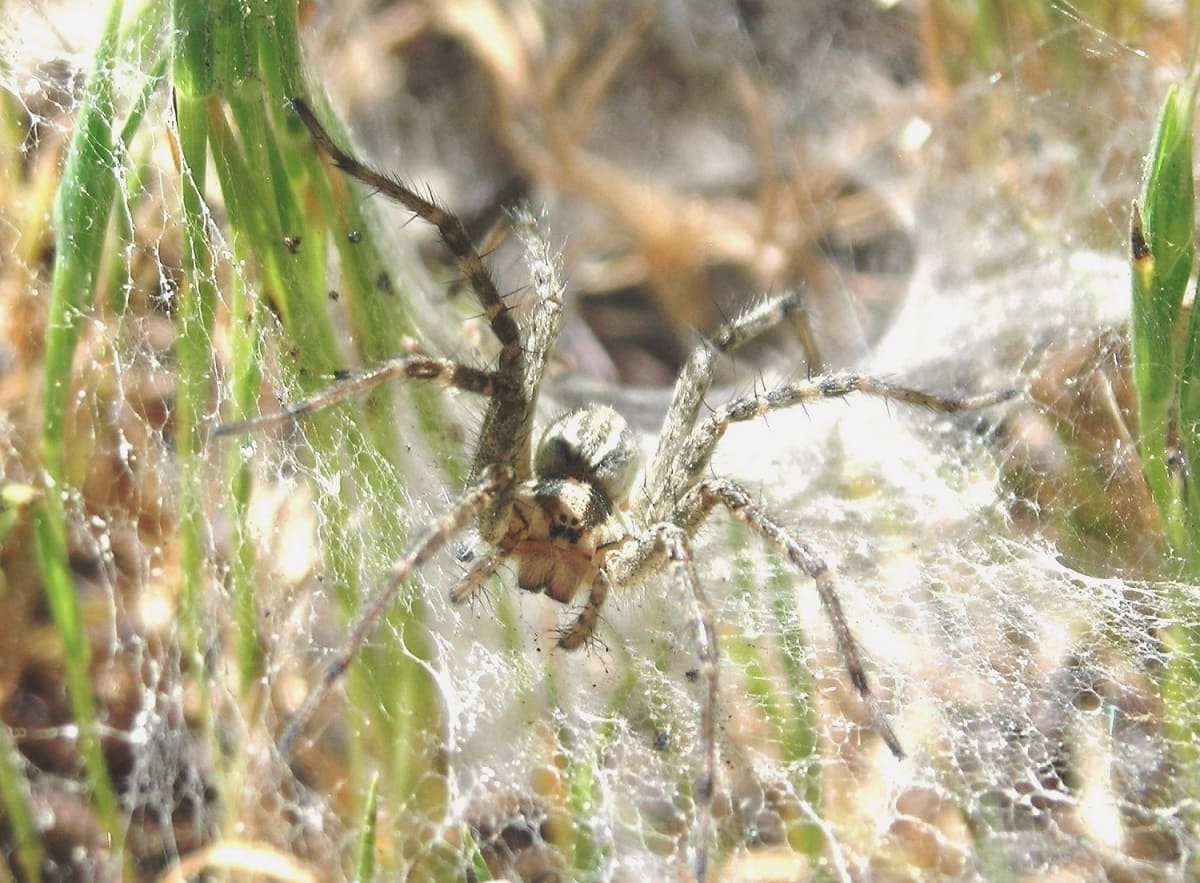




0 thoughts on “How Big Can Grass Carp Get”